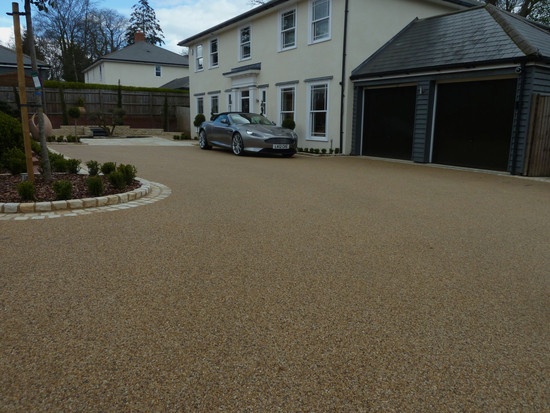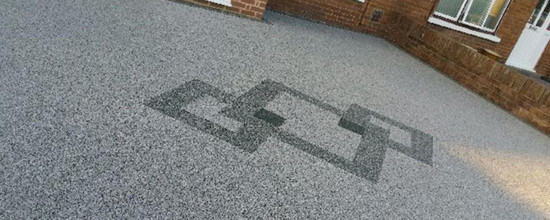In general, the transformation processes of the polymers are those that participate in the conversion of the granules or powders to products of practical use. There are several transformation processes; here at Resin Driveway materials, we have decided to divide them into a molding process for processes that require a mold or plastic extrusion process for those that need a die, and the process is continuous.

There are different transformation processes by molding; here, we will talk about the most used or common:
- Injection molding
- Co-Injection and Bi-Injection
- Overmolding
- Compression molding
- Rotational Molding or Rotomolding
- For Blow Injection (IBM) and Stretch Blow Injection (ISBM) go-to process.
Blow
For the transformation of granules or powders to finished products, thermal and kinetic energy (friction and pressure) require. All transformation processes observe three phases:
Plasticizing
It is the process by which the material goes from the solid-state to the plastic state using heat energy for this .The temperature at which the polymer melts called the melting point and its development is different between amorphous and crystalline polymers. Lamination occurs within a set called a lamination unit, which generally consists of a barrel or cylinder with an internal screw responsible for friction and pressure. It is a good plasticizing process based on the melt’s quality, which is essential to form a part.
Forming
It is the process of the process in which the molten mass passes from the plasticizing unit to the geometric space defined by the forming tool, which can be mold or a die depending on the process.
Solidification
It is the process of the process in which the molten and formed mass loses heat energy through conduction through the tool, solidifying as a final product.

Injection molding
Injection molding is a manufacturing process for the production of parts by injecting material into a mold. The Resin Driveway materials in the form of granules fed through a hopper to a cylinder (barrel) heated with an internal screw (spindle) that melts and plasticizes the plastic using heat and friction and then injects it under pressure into the cavities of a mold, where it cools and solidifies to the configuration of the mold cavities. Injection molding involves the high-pressure injection of the raw material into a mold that shapes the polymer into the desired shape. The molds can be a single cavity or multiple cavities. In multi-cavity molds, each cavity should preferably be identical for it to be balanced, but there are also multiple geometries to form a set during a single cycle. Molds generally made of tool steels, but stainless steels and aluminum molds are suitable for certain applications. When thermoplastics mold, the granule raw material is fed through a hopper into a cylinder or barrel heated with an internal rotary screw. At the barrel’s entrance, the heat energy increases by melting the resin, decreasing its viscosity, and allowing the polymer to flow with the force and movement of the injection unit. The screw sends the material forward, homogenizing both its viscosity and temperature, and reducing its heating time with the mechanical friction of the screw, adding friction heating to the polymer.






